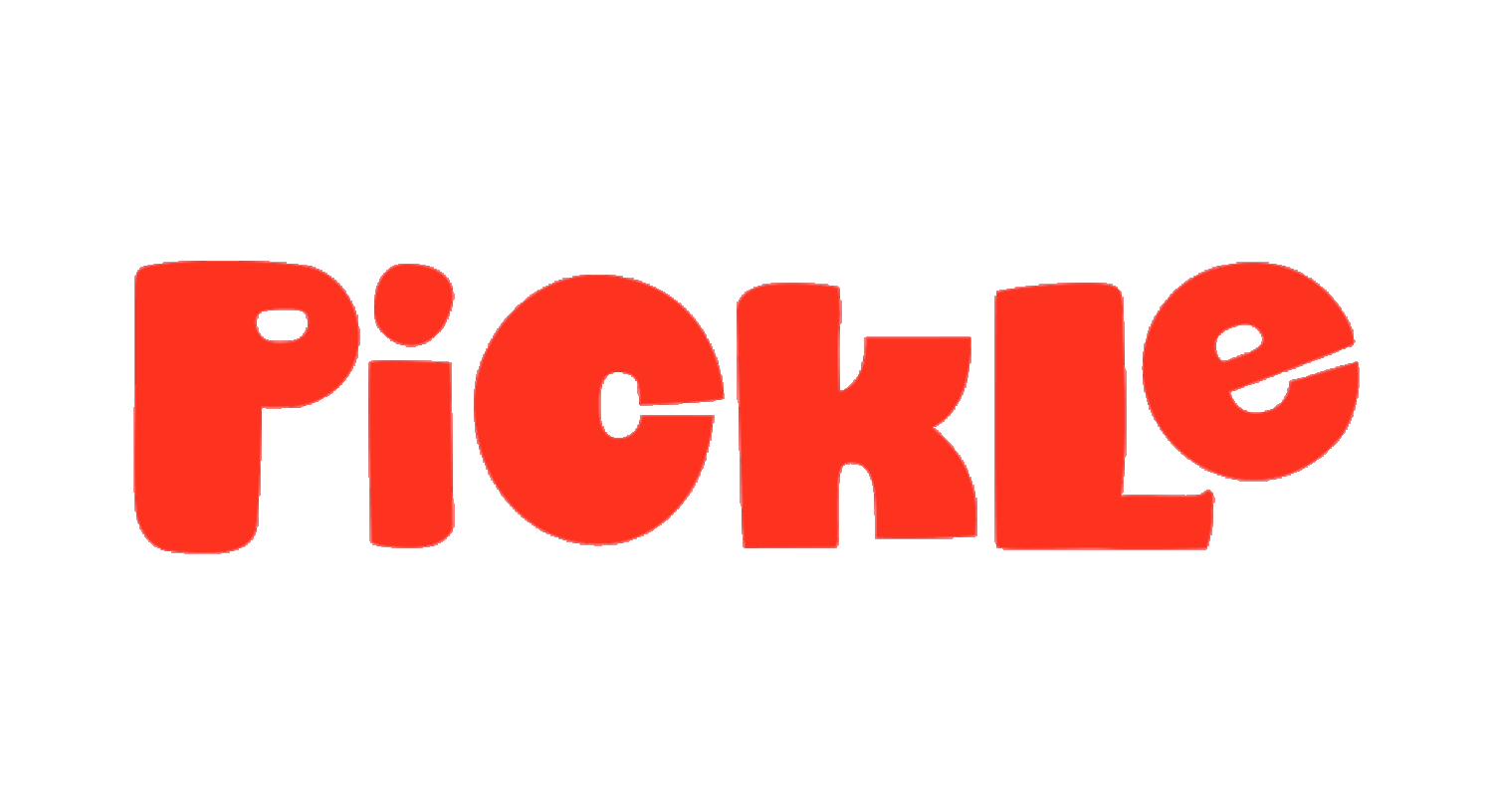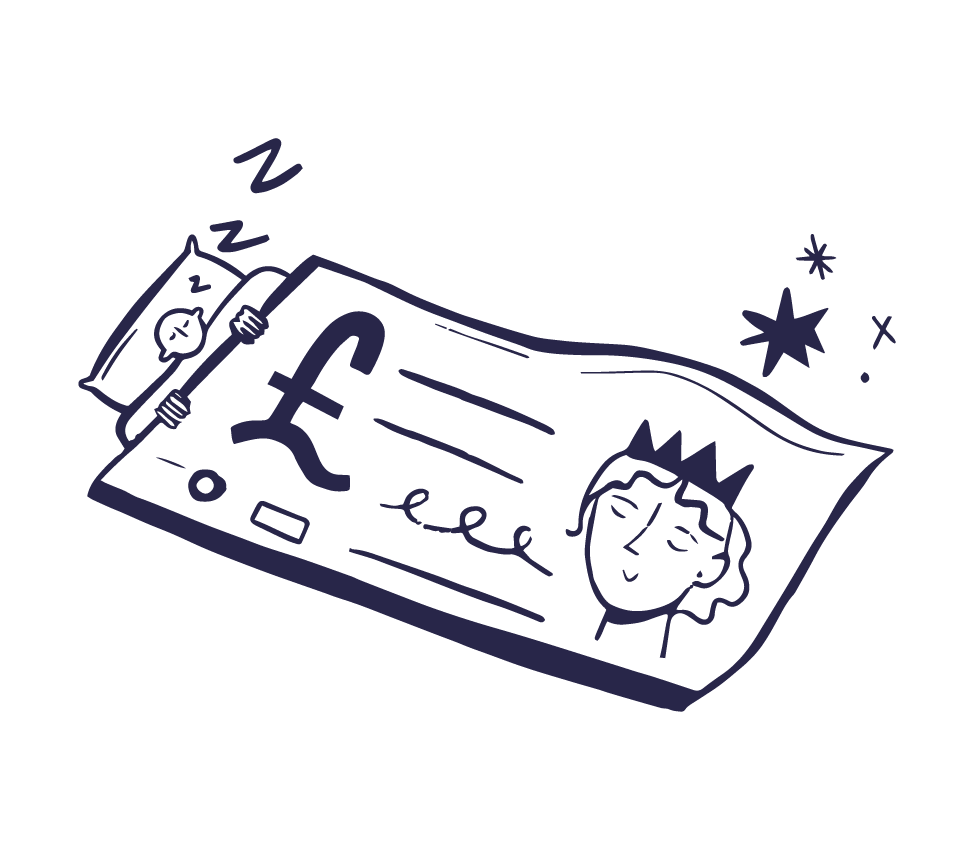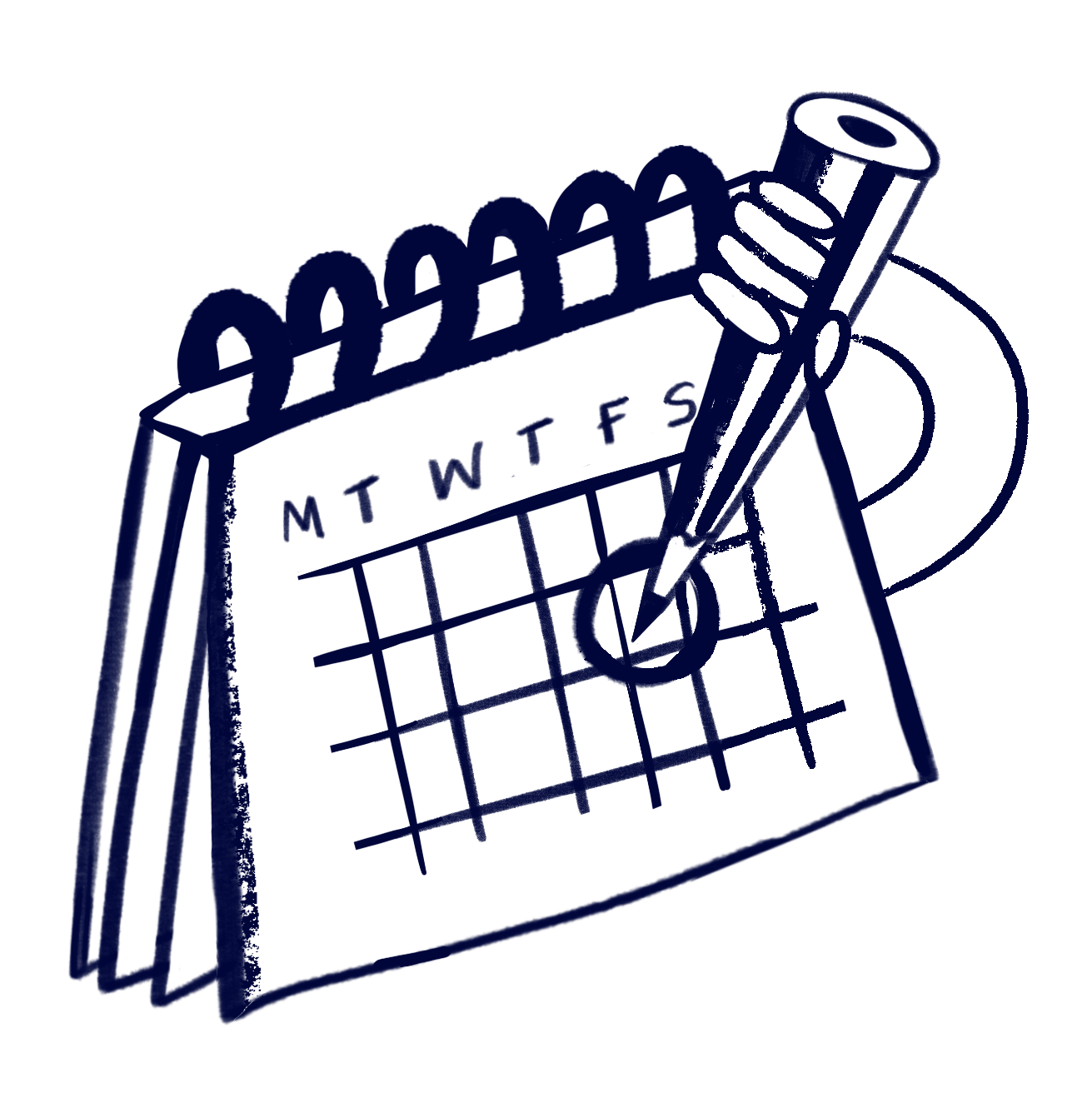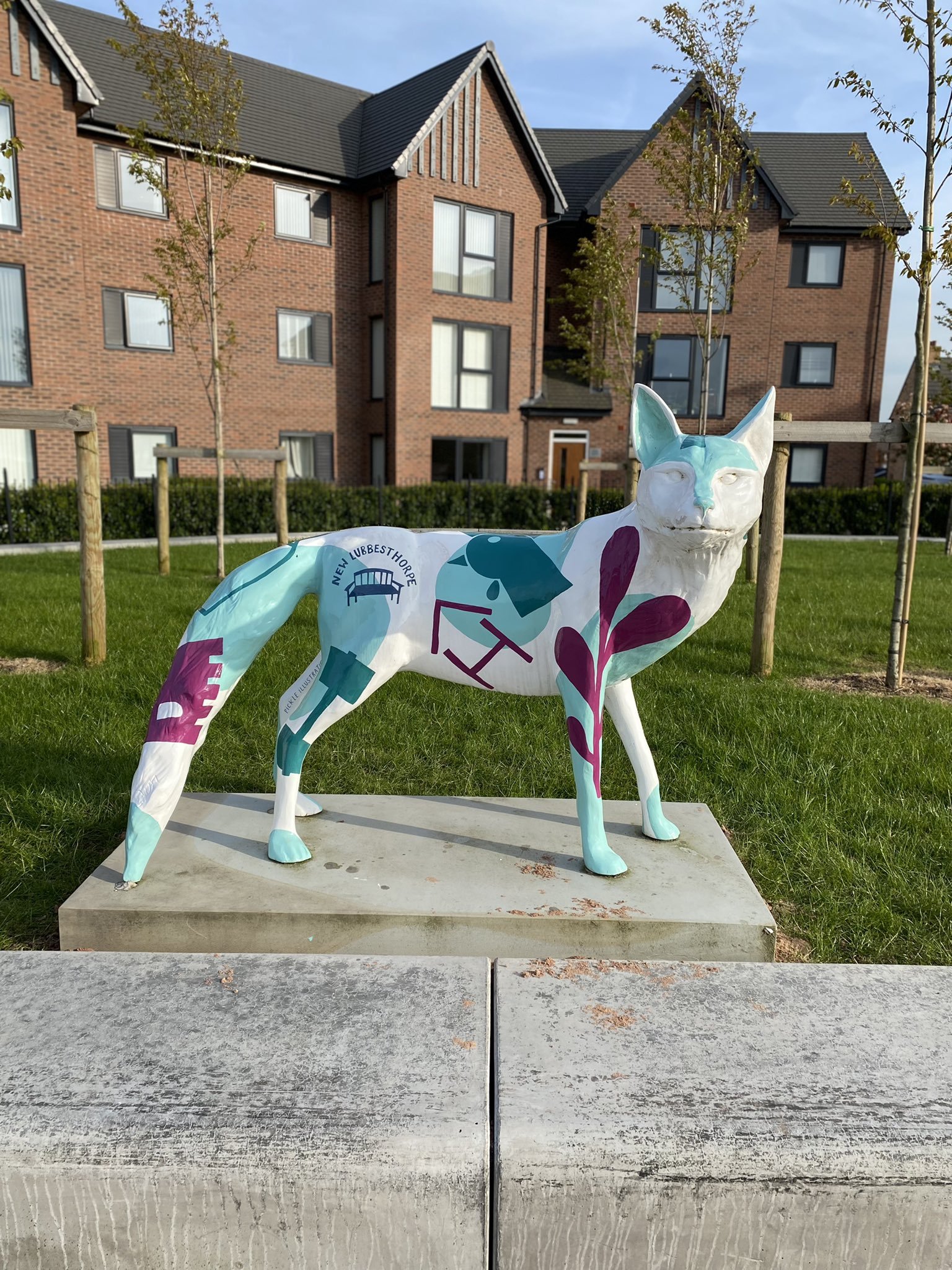Want to avoid being a ‘nightmare’ client? Here’s 6 steps to commission art well.
We’ve all heard horror stories about the ‘nightmare' client. Not paying on time, trying to design for you and the classic ghosting being some of the classic tropes. These steps should stand you in good stead to be ‘dream’ client material.
The Right Artist for the Work
Firstly, You don’t need to be an expert on all different types of art to commission it. But having an understanding of the difference between the basic roles such as a brand designer, illustrator and public artists helps massively. (As illustrator logos are not our forte but we can develop some illustrations to complement an existing brand…). We are both illustrators and public artists so there can be crossovers!
Once you’ve nailed down what you need, make sure the artist's voice matches the tone of the work. Our ‘style’ is generally playful, colourful and abstract, so we might not be your first choice for a serious, greyscale, realistic map of your local town. Get some second opinions on whether it's the right fit and if in doubt you can always politely check with the artist.
More the style of map we would create. This one was for National Trust Coughton Court.
2. Nail down the details- Be upfront
Now it's time to sit down and work out all the details. Handily, they can all start with the letter D, so that's a nice way to remember them:
Dollar- How much budget do you have. Let’s avoid the budget dance as artists know you probably have a rough idea in mind.
Deadline- When do you want all the work done by.
Dimensions- How big is the work? A4? 2m by 2m?
Duration- How long will you need the work for? 3 years for a piece of public art or for 3 months for a poster whilst you advertise your cinema?
All of these points apply to both digital and physical pieces of work!
3. Be Clear whilst Leaving Room for Creativity
As artists we need to know who you are communicating with (your target audience), what you want the artwork to communicate and the general tone of the work. Be sure to get this across in your brief whether that be through words or example pieces of work you have seen.
You don’t need to be as straightforward as ‘A rabbit doing yoga’ Maybe something more like ‘we want to promote our writing course for wellbeing in a playful way.’ In the end, as creatives we want to find new ways to express old ideas and being too specific can stop the creative cogs from turning.
A Rabbit doing Yoga for Professional Writing Academy
4. Let’s be realistic
A better product is made with more time. When commissioning an artist make sure to leave time for rounds of amends (generally 2 is what we state in contracts but it's often more), communication including emails, people being on leave, weather getting in the way (for outdoor painting jobs!), getting permissions, logos and formal details and a whole host of other things more specific to your own commission. Be generous with time and think ahead!
The Weather getting in the way whilst painting a Shirley Box
5. ‘Just One More thing…’
When starting a project clients are often daunted by only having ‘two rounds of amends’. This is a guideline not a strict rule. However, it is put in place to make sure all the thoughts and amends are as considered and contained within one email as possible. This saves everyone's time and therefore money! If you’re asking for a considerable amount of work to be done additional to what was on the contract, offer to pay for this extra time.
6. Thinking long term- de install, different sizes, longevity, evaluation, testimonial
Projects can go swimmingly all throughout, until we get to the end. When you’re thinking 2D make sure to spend some time thinking of whether in the future you’d want it in different sizes, to be animated, the colours to be changed etc etc. Then the artist can consider this when making the original piece.
The original illustration created for COOP Foundation
It then moved! Thanks to Louis Hudson
When thinking 3D always think of the de install and how long you’d want the piece to last. Be realistic and work maintenance into the budget if needed.
Some temporary summer installations for National Trust
Fibreglass with hard varnish used for the less temporary Fosse Foxes














